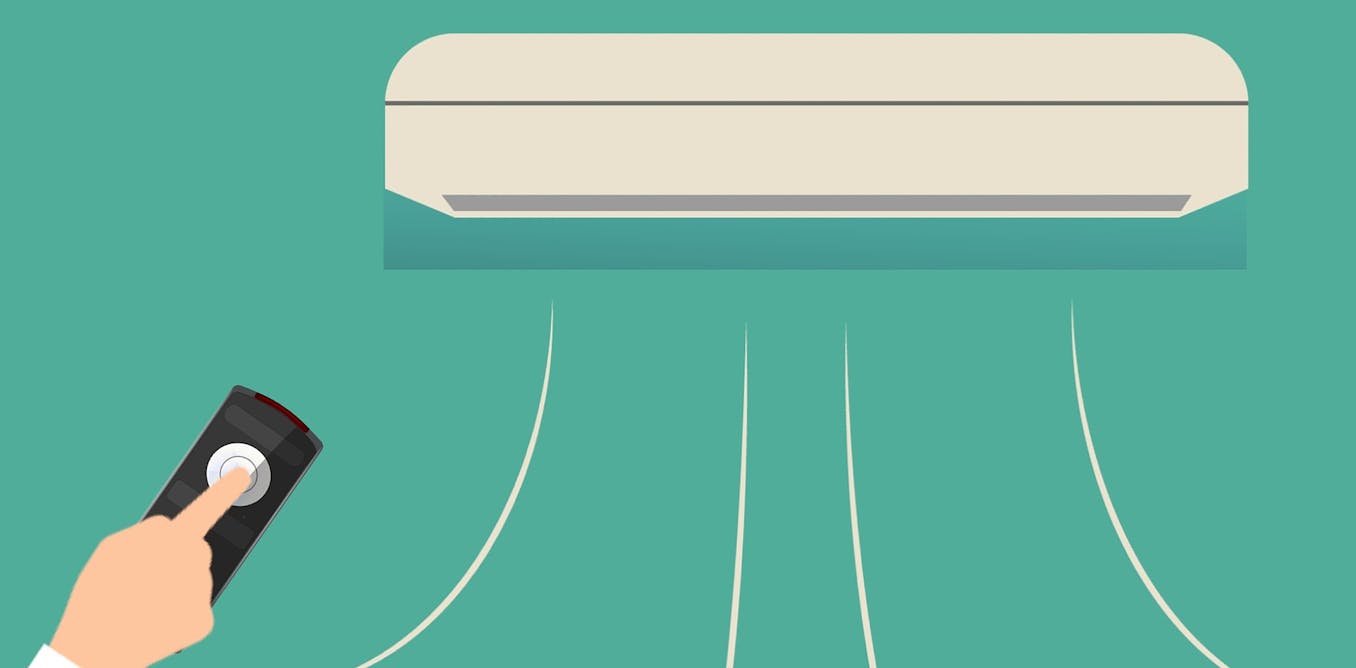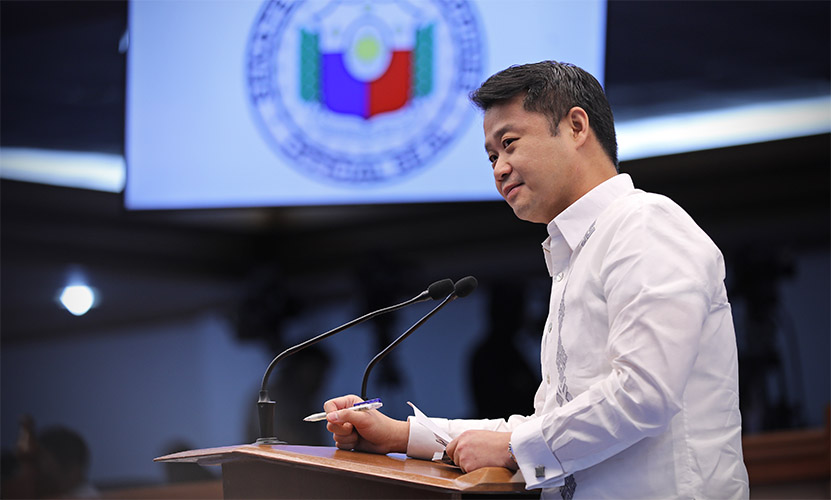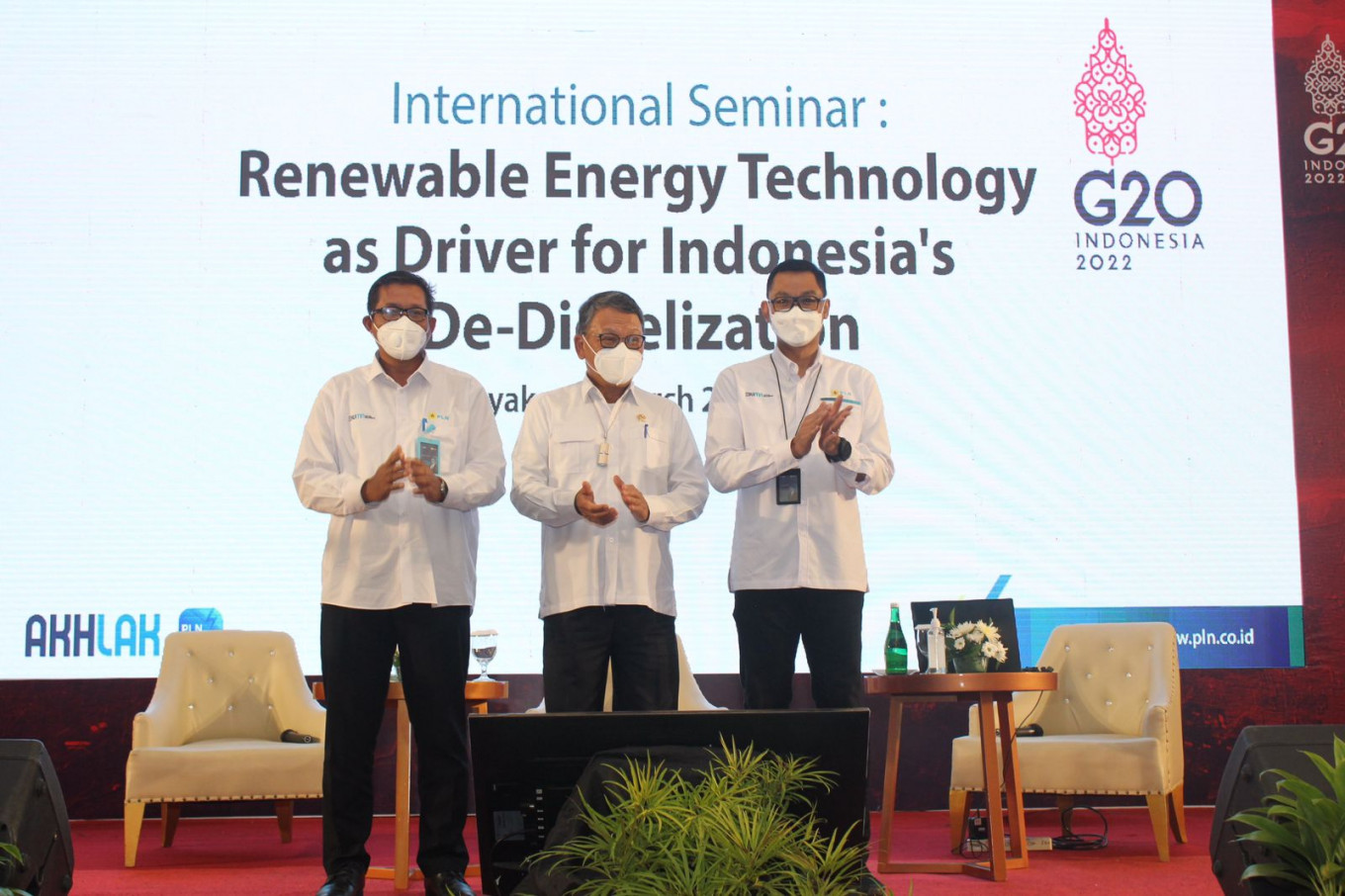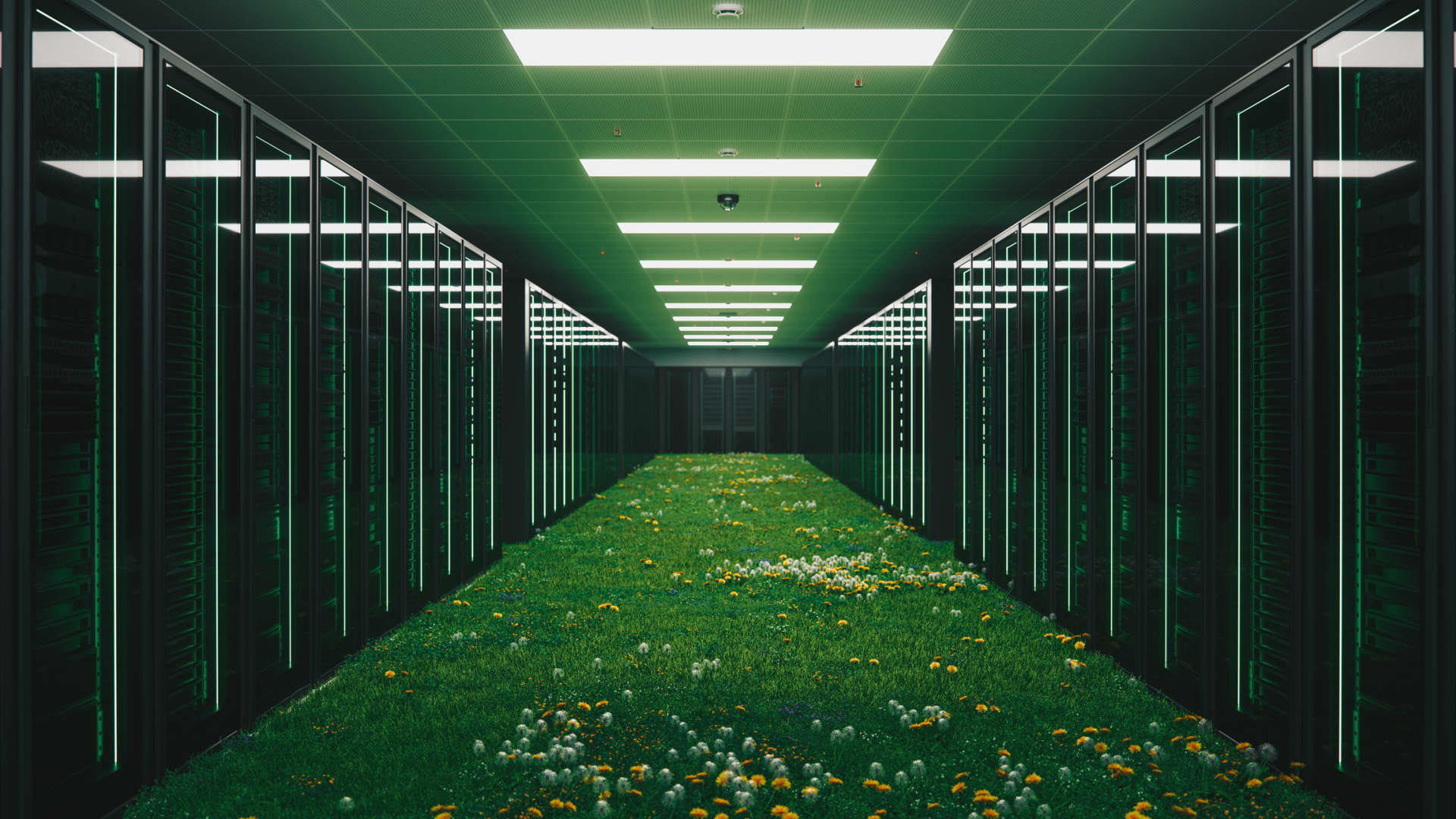- Climate starts with SEA
- Posts
- 💡 [#34] Energy Efficiency: Work Smarter, Not Harder
💡 [#34] Energy Efficiency: Work Smarter, Not Harder
📱 Turning Megawatts into Negawatts
Hello! Halo! Kumusta! Xin chào! สวัสดี! မင်္ဂလာပါ! ជំរាបសួរ! ສະບາຍດີ!
💡 You’ve probably heard the above phrase and/or the related one: “doing more with less”… Well that’s kinda how energy efficiency works!

⚡ It's all about doing things in a way that uses less energy but still gets the job done. It's not just about saving on your bills, it's also a key player in the fight against climate change! Even small changes in how we use energy can add up to some seriously big savings.
🚗 One of the biggest gains in efficiency that our readers who have been driving for awhile might be familiar with is the improvements in fuel economy. According to the US’s environmental protection agency (EPA), average fuel economy of vehicles has basically doubled from 13.1 miles per gallon (mpg) to 26 mpg between 1975 to 2023. That’s ~5.6 kilometers per liter (km/L) to ~11.1 km/L for those non-versed in the American measurement system.
🌏 While this is of course fantastic news for drivers’ wallets because of lower spend on fuel, it is of course also fantastic news for the planet as well because—all things equal—it means that half the greenhouse gases (GHGs) would otherwise be emitted given this higher fuel economy.
⏭️ In this issue, we’ll be exploring just how critical energy efficiency (EE) is for our low carbon energy transition.
🤔 What’s the deal with Energy Efficiency?
🔝 As we showed in our 18th issue, which covered agricultural decarbonization, the energy sector is the top source of GHG emissions, contributing to around half of the regions GHG emissions. This means that any improvements in the amount of energy for certain activities such as transportation, heating & cooling, industrial processes, etc. can make an outsized impact on carbon sequestration for ASEAN.
📕 One of our favorite climate solution publications, Project Drawdown, has in fact recognized the importance of energy efficiency highlighting solutions such as:
and—last but certainly not least as we’ve depicted it as our header image—🏡 green roofs! These green roofs can reduce energy demands by anywhere from 10-50% depending on the climate (Heliyon, 2023).
🤑 Implementing energy efficiency measures in residential buildings could result in average electricity cost savings of 10% to 30% within the region (IEA, 2019). Similarly, energy efficiency improvements in commercial buildings, industrial facilities, and transportation sectors could yield cost savings of a similar 10% to 30% (ADB, 2019).
🎯 In fact, the various countries in Southeast Asia (SEA) have recognized the importance of EE and set up their own targets to save energy and do more with less. The Philippines, Brunei Darussalam, and Singapore have the most ambitious targets with reductions in energy intensity* of 50% by 2040, 45% by 2035, and 36% respectively. As a bloc overall, ASEAN plans to ensure a 30% energy intensity reduction from between 2020 and 2025 (ADB, 2020).
*energy intensity is a related concept to energy efficiency: it’s measured by the quantity of energy required per unit output or activity, so that using less energy to produce a product reduces the intensity (US Office of Energy Efficiency & Renewable Energy)
🛢️ Although most ASEAN states are not energy-importing countries, they are likely to struggle to sustain this self-reliance in the coming years due to the swift escalation of energy demand and consumption, which is outpacing domestic production and supply. Because of that, it is crucial to manage and sustain energy demand growth to ensure energy security and sustainable development (ADB Institute, 2020).
📈 Vietnam is an example of a country in ASEAN that once exported energy but—due to skyrocketing energy demand—has had to start importing. In the past decade, it’s energy needs have tripled so the country has had to import coal & oil since 2014. This is one of the key reasons that the government has been championing the Vietnam National Energy Efficiency Program to cut down on the nation's energy consumption (Energy and Buildings, 2024).
💵 Likewise, neighboring country Thailand established the Energy Conservation Promotion Act, in 1992 (Energy, 2010). It has been instrumental in promoting energy efficiency in the country by incentivizing energy-saving practices and investments in energy-efficient technologies, establishing energy-efficient building codes and standards, and driving public awareness campaigns. More recently, Carbon Trust and the UK Government’s ASEAN Low Carbon Energy Programme have been working on designing a credit guarantee scheme to accelerate energy efficiency loans across Thailand.
🏢 Another notable example is Singapore's Energy Conservation Act—implemented in 2013—that mandates energy management practices for large energy users and encourages energy efficiency improvements across various sectors (Climate Action Tracker, 2022). Through this program, Singapore has achieved significant energy savings and reduced carbon emissions, demonstrating the effectiveness of government-led initiatives in driving energy efficiency.
🏛️ Southeast Asia has so far underscored the importance of government-led initiatives, community-driven projects, and innovative technologies in promoting energy efficiency and advancing the transition towards a sustainable energy future as seen on the chart below:
🧑🏻⚖️ From a government’s point of view, supporting policies and regulations that promote energy efficiency at local, national, and regional levels can drive systemic change and create an enabling environment for sustainable practices. By advocating for the implementation of energy efficiency standards, incentives for renewable energy deployment, and investments in energy-efficient infrastructure, we can help shape policies that prioritize environmental stewardship and economic resilience (IRENA, 2018).
📚 Want to learn more about this topic?
“Energy Efficiency in ASEAN” from ADB Institute
“Making Southeast Asia energy efficient” from the ASEAN Post
“Roadmap Towards Sustainable and Energy Efficient Buildings and Cooling in Southeast Asia” from IEA
🗞️ Recent News
🎙️ Interview with Steve of Synergy Efficiency Solutions

“The cheapest kWh is the one that you don’t use at all”. People also refer to saving energy through energy efficiency as the “negawatt”
💡 Why were you initially inspired to work on energy efficiency in Southeast Asia?
🚀 In 2008 we initially launched our company as a Carbon Audit and Carbon Credit generation company.
🤔 We thought we would be one of the first in the space (in Indonesia) and become the market leaders. The problem was, no one really understood carbon (or cared about it!) so we didn’t get much traction.
🔀 We quickly transitioned our company into an energy efficiency company providing energy audits for clients because it was a lot easier for them to equate saving energy with savings money. The more experience we have, the more we realize that we are in a very unique and opportune time to be doing energy efficiency in Indonesia.
🛠️ How exactly is Synergy Efficiency Solutions tackling this problem?
💼 When we first started our company in 2008 we were a consulting company that would get paid to do energy audits and write reports. We would send our team to our client’s site, deploy data logging equipment and then develop detailed engineering reports which showed the client exactly what they could do to save energy, how much the upfront CAPEX would cost them and the savings they could expect from doing the retrofits.
💸 The payback periods for doing energy efficiency retrofits were incredibly short, sometimes the initiatives would pay for themselves in 6 months and typically no longer than 3 years. This means clients would get at least a 33% return on investment for implementing energy efficiency measures.
🔢 But we kept getting the same feedback from our clients: these numbers look too good to be true, we aren’t confident that our in house engineering team can implement SES’s suggestions and of course the main comment “we don’t have money to buy the new energy efficient equipment”.
🏥 In 2015 we received the typical feedback again from one of our hospital clients and we decided to see if we could get a bit creative to help them out. SES ended up paying for all of the costs required to upgrade the hospital’s cooling system, hot water system, steam system, lighting and even upgraded the hospital’s building envelope by painting the roof white with nanotech paint and adding low-e window film to the windows to block heat from coming in. The results surprised us all. We cut the hospital’s energy bill by 38%! In order to repay SES for the project investment, we took 80% of the savings for the next 5 years. The hospital got 20% of the savings, got all new equipment and could “duduk manis” while SES handled all technical details of the project from start to finish.
😲 What is a misconception or surprising fact about energy efficiency?
❓ There are tons of misconceptions about EE. Most people don’t even know what it is! Its very common for people to confuse energy efficiency with renewable energy. Though they both have important roles in decarbonizing economies, there are a few key differences.
⚡ Renewable energy is the production of clean energy. That is to say renewable energy is the production of clean kWhs.
⚙️ Whereas energy efficiency focuses on redesigning systems or upgrading equipment so you don’t need as much energy in the first place. In regards to energy efficiency people often say “the cheapest kWh is the one that you don’t use at all”. People also refer to saving energy through energy efficiency as the “negawatt”.
📢 If I could drive home one message, it would be that implementing energy efficiency is not a CSR exercise, it delivers significant energy savings to businesses which increase the bottom line. It is becoming critical for businesses to focus on energy efficiency so that they can remain competitive.
🎬 What actions can readers take now to support Synergy Efficiency Solutions?
📧 If anyone is interested to learning more about our Zero Investment Profit Sharing (ZIPS) model we encourage you to reach out to us for a chat [email protected].
🦸🏻 What do you do when you’re not saving the world?
🏄🏻♂️ I originally came to Indonesia in 2006 after a 2 year surf trip around the world. Though I’m quite busy running SES and being the father of a 2 and a half year old, my wife still lets me get out on surf trips every once and a while which I am very grateful for (Thanks Ashlee!)
❓ Did you enjoy this week’s issue? If yes, please do forward to your friends who would enjoy the read as well.
📧 Also, feel free to let us know what you thought by giving us feedback at [email protected].
🌊 SEA you next week!
Karina & Massimiliano










